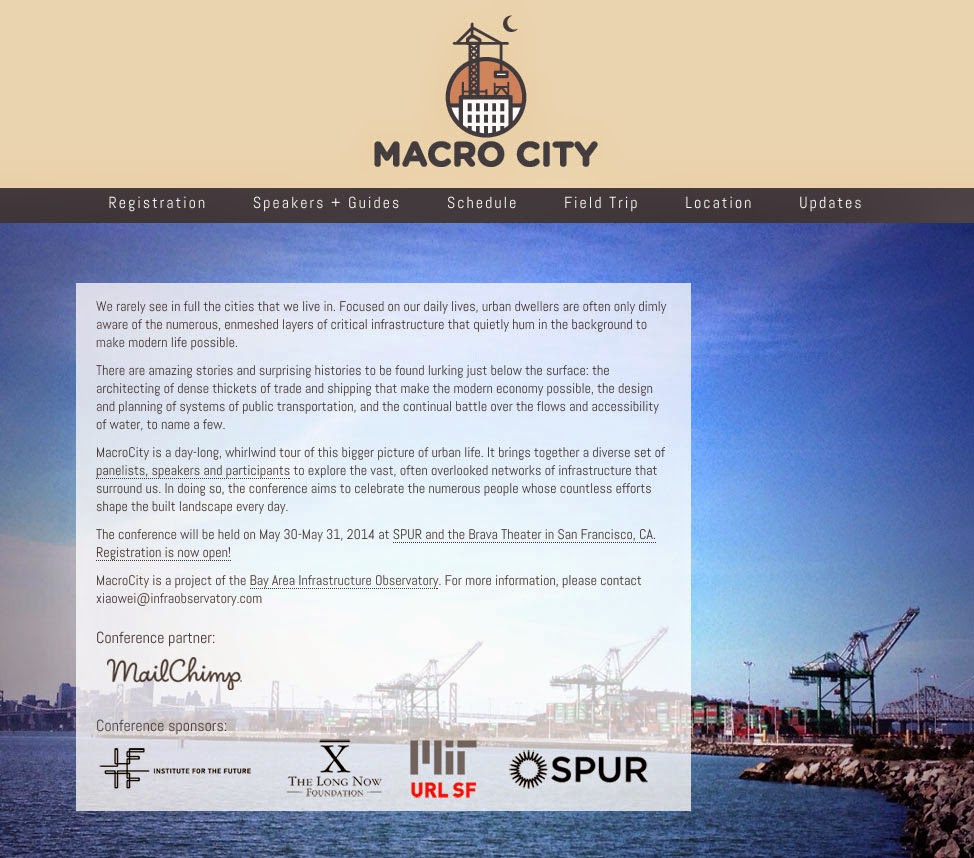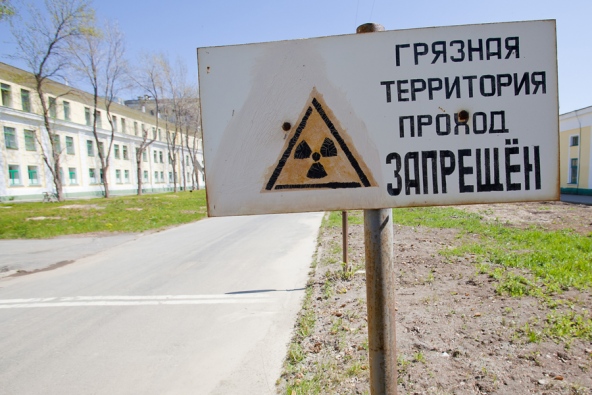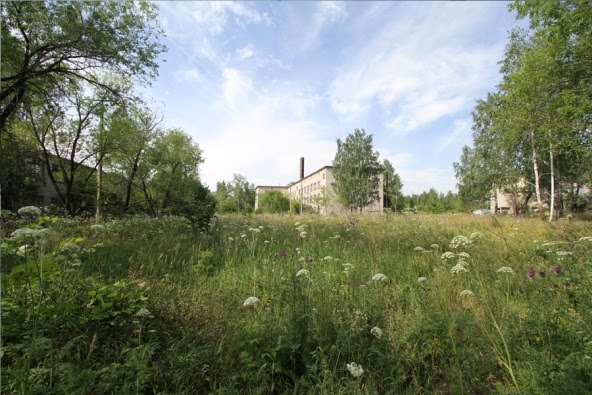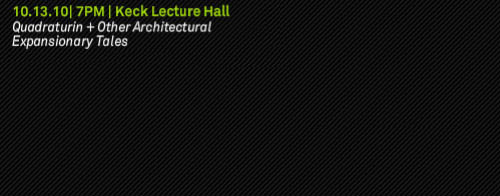 [Image: Test-crash from “California Freeways: Planning For Progress,” courtesy Prelinger Archives].
[Image: Test-crash from “California Freeways: Planning For Progress,” courtesy Prelinger Archives].
For those of you here in Los Angeles, I’m thrilled to be hosting an event tomorrow evening at USC with “rogue librarian” Megan Prelinger, on the subject of representing utopia.
Megan is cofounder of the San Francisco-based Prelinger Library, an independent media archive specializing “in material that is not commonly found in other public libraries.” Their collection has a strong focus on California history, science, and technology, from obscure technical publications to books on environmental politics, topics that can be tracked throughout Megan’s own work as a researcher and writer.
She is also the author of Another Science Fiction: Advertising the Space Race, 1957-1962 and Inside The Machine: Art and Invention in the Electronic Age. Both books reproduce beautifully designed promotional materials produced as part of an earlier era of science and technology; these include often-overlooked ephemera, such as corporate advertisements and business brochures, or what Alexis Madrigal has described as “the hyperbolic, whimsical world of the advertisements these early aerospace companies created to sell themselves.”
New satellite systems, microchip designs, space program components, electronic home appliances, from televisions to microwaves, to name only a few: all were the subject of visionary business models premised on utopian narratives of the world to come.
Taken as a whole, the Prelinger Library’s collection of these materials raises the interesting possibility that, in order to understand twentieth-century science fiction, we should not only read Octavia Butler, Arthur C. Clarke, or J. G. Ballard, but back-of-magazine ads for firms such as Frigidaire and General Electric. These are corporations, of course, applied futurism sought to create a new world—one in which their own products would be most useful.
 [Image: From Another Science Fiction, via Wired].
[Image: From Another Science Fiction, via Wired].
At the event tomorrow night, we’ll be discussing both of these books, to be sure, but we’ll be doing so in the larger context of utopian representations of the state of California, treating California as a place of technical innovation, artificial control of the natural environment, and even perceived mastery over public health and the risk of disease transmission.
Megan will be showing a handful of short films about these themes, all taken from the Prelinger Archives, and we’ll round out our roughly 45-minute Q&A with open questions from the audience.
The event will cap off 500 Years of Utopia, our long look at the legacy of Sir Thomas More’s book, Utopia, timed for the 500th anniversary of its publication. The accompanying exhibition closes on February 28.
Things kick off at 5pm on Tuesday, February 7th; please RSVP.



 [Image:
[Image:  [Image: One of many malls by Victor Gruen].
[Image: One of many malls by Victor Gruen]. [Image: Victor Gruen gestures at a mall of his making; photo originally via
[Image: Victor Gruen gestures at a mall of his making; photo originally via  [Image: Guy Debord maps psychogeographic routes through Paris; perhaps, all along, psychogeography was just a confused first-person experience of the Gruen transfer on an urban scale].
[Image: Guy Debord maps psychogeographic routes through Paris; perhaps, all along, psychogeography was just a confused first-person experience of the Gruen transfer on an urban scale]. [Image: Photo by BLDGBLOG].
[Image: Photo by BLDGBLOG]. Unsure of what I was actually watching for, it began to feel a bit sinister: had there been an attack or even a murder in the old Wembley Stadium, prior to Foster + Partners’
Unsure of what I was actually watching for, it began to feel a bit sinister: had there been an attack or even a murder in the old Wembley Stadium, prior to Foster + Partners’  [Image: Unrelated surveillance footage].
[Image: Unrelated surveillance footage]. The book explores how criminals tactically misuse the built environment, with a strong counter-focus on how figures of authority—police helicopter crews, FBI Special Agents, museum security supervisors, and architects—see the city in a very literal sense.
The book explores how criminals tactically misuse the built environment, with a strong counter-focus on how figures of authority—police helicopter crews, FBI Special Agents, museum security supervisors, and architects—see the city in a very literal sense. 
 If you’re in the Bay Area at the end of month, consider attending an event called
If you’re in the Bay Area at the end of month, consider attending an event called  [Image: The
[Image: The 
 [Images: From
[Images: From  [Image: Photo by I. Yakovlev/Itar-Tass, courtesy of
[Image: Photo by I. Yakovlev/Itar-Tass, courtesy of 
 [Images: (top) photo by Tatjana Paunesku; (bottom) photo by S. Tapio. Courtesy of
[Images: (top) photo by Tatjana Paunesku; (bottom) photo by S. Tapio. Courtesy of 
 [Images: (top to bottom) Projects by Asbjørn Søndergaard , Marta Malé-Alemany, Wes Mcgee, and Nat Chard, courtesy of
[Images: (top to bottom) Projects by Asbjørn Søndergaard , Marta Malé-Alemany, Wes Mcgee, and Nat Chard, courtesy of  [Image: A project by Amanda Levete Architects, courtesy of
[Image: A project by Amanda Levete Architects, courtesy of  While I’m announcing things, I also want to give a heads up to anyone in the Los Angeles area that I’ll be lecturing on Wednesday evening, October 13th, over at
While I’m announcing things, I also want to give a heads up to anyone in the Los Angeles area that I’ll be lecturing on Wednesday evening, October 13th, over at  [Image: From a previous
[Image: From a previous  [Image: From a previous
[Image: From a previous  [Images: Photos from previous
[Images: Photos from previous  [Image: From a previous
[Image: From a previous  [Image: New York’s
[Image: New York’s